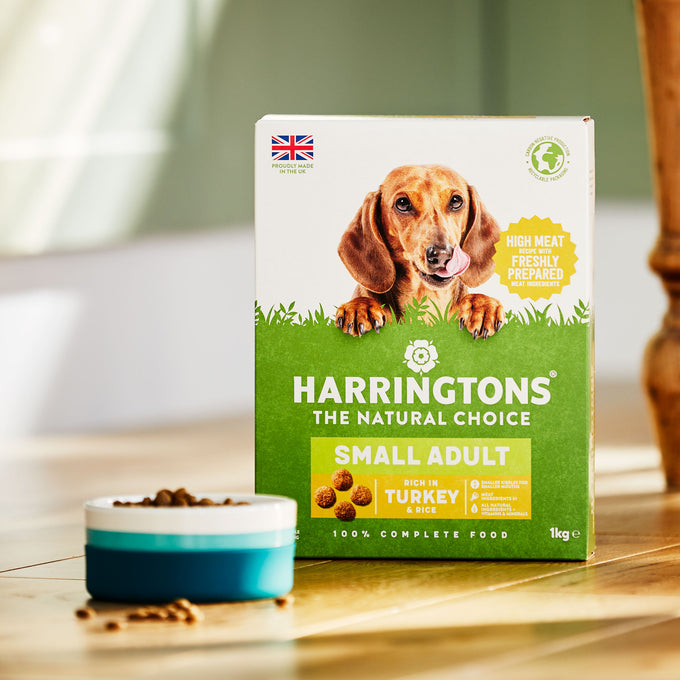
Which walking boots? PICTURE COURTESY GEORGE FISHER
Things (other than golf) that can spoil a good walk... The weather. Getting Lost. Badly fitting footwear...
Most of us have experienced the agony of having to walk on blisters. Or maybe you’ve had bruised toes after coming downhill in boots that are too small. I once lost the nail off my big toe thanks to ski boots that were way too cosy. When the nail went black, I knew I was in trouble; soon after, it fell clean off.
So, how can you make sure the boots that looked so good in the shop don’t cause problems after you’ve walked in them for anything more than 20 minutes?
Well, let’s start with the shopping expedition itself. Three things to remember here:
1. Your feet swell during the day, so it’s best to avoid shopping in the morning when your feet are at their smallest.
2. Take some walking socks with you, so you’re trying on the boots with the sort of socks you wear on a walk. Just the one pair, mind – wearing two pairs increases the likelihood of rubbing up blisters.
3. Choose a shop that has trained fitters.

: A trained fitter will know what to look for PICTURE COURTESY GEORGE FISHER
Once you’re in the shop and trying on boots, there are several things you and the fitter should consider. These include:
1. Length – with the boots unlaced and your toes pressed towards the front of the boot, you should have just enough room to fit your finger behind your Achille’s tendon.
2. Width – with the boots laced, stand up. The upper should hold your foot comfortably, and the midsole should support it on both sides. If there is pinching, excessive creasing in the material towards the toes or the boot feels too wide at the ball of the foot, look at a different pair.
3. Movement – walk around the shop to see how the boots feel as your weight shifts about. Some shops will have an inclined surface which gives you a feel for what the boots will be like when you’re going up and downhill.
And don’t forget, you need to try on both boots. Your right foot is not a mirror image of your left. So, just because your right foot feels comfortable, it doesn’t always follow that your left foot will be as happy.
I spoke to Sean Hayes from outdoor gear retailer George Fisher to find out what their fitters look for when a customer comes in to buy new footwear.
“Our starting point is you and your feet, to find out what sort of walking you’re likely to do. Then we’ll look at how you walk, which is where a bit more skill comes in – with 28 bones, 19 muscles, 33 joints and 112 ligaments in the foot, every person is different, and often walkers will have developed one or two problems over the years which might need special insoles to help correct and improve comfort.
“We’ll arrive at two or three boots which will match your foot shape, activity and budget, and then it’s just down to your own feeling for the best model. We have an in-store ‘terrain tester’ which has rough, rocky surfaces and inclines that you can walk over to get a feel for comfort.”
Once you get your boots home, wear them around the house. If, after a few hours of wear, you find they’re uncomfortable, all is not lost. Most good retailers will allow you to return the boots within a specified amount of time as long as you haven’t worn them outside and they haven’t been damaged.

